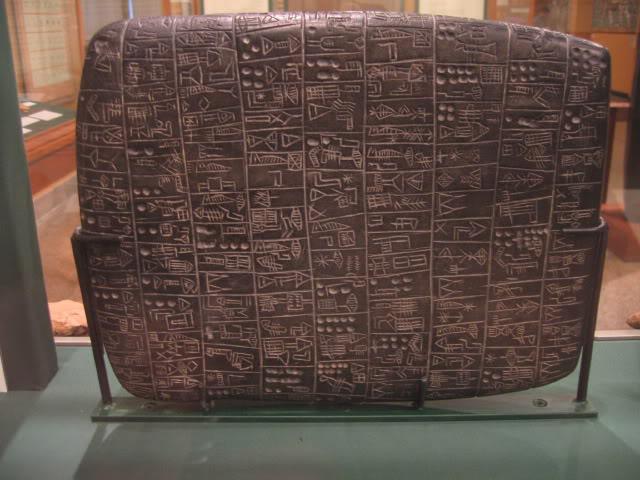Methods and sources of the study of history. How do they get "historical facts"?
History is a short term for describing events,happened in the past at different times and in different places. It is also a science that studies the sources of the past in order to learn about events, their sequence, causes and make an objective picture of the ongoing process. Methods and sources of the study of history include chronicles, archaeological finds, the study of official documents, the use of logic, modeling.

What and how does history study?
In the modern literature it is possible to count up to 30various definitions of the subject of history. Such a large number is provoked by the fact that this science is studied and developed by people with different views on the world, different experiences and vital positions. The same diversity of views reigns among scientists and about the explanation of the historical process.
But if you can act as an objectdifferent objects and processes, then the methods remain the same. Both the subject and methods of studying history deal with objective phenomena, for which we can use proven standard approaches to work with. All the variety of methods can be divided into three categories: general scientific, historical, developed specifically to work with the sources and concepts of this science, and special (created by scientists of other directions and borrowed by historians).

Different approaches and methods of studying
To general scientific methods can be attributed two -logical and historical. These two approaches to the study of phenomena supplement and enrich each other, logic allows us to generalize what we have learned and draw conclusions where the historical approach is powerless.
To study the events and processes that occur, scientists use such methods:
- chronological - all events are strictly in chronological order;
- synchronic - various events and their interrelation in different points of the country and the globe are considered at the same time.
Within the chronological method,different approaches. The chronologically-problem approach explores what happened over the ages, within the eras - on the problems. Problem-chronological - on the contrary: one problem or side of life is taken, development and change of which are studied in the context of passing time.
In addition to these, we also distinguish comparative-historical, system-structural, statistical and retrospective methods, as well as the method of periodization and sociological research.
Sources of data - the basis of historical science
The methods and sources of the study of history are interrelated. Facts are everything. The study of sources of facts deals with a separate auxiliary discipline - source study. It is possible to single out primary and secondary sources of studying history, classify them according to the way information is transmitted and the nature of the medium:
- written (birch bark letters, clay tablets, papyri and books);
- material (tools, utensils, furniture, clothing, weapons, architectural structures);
- ethnographic sources;
- folklore (fairy tales, songs, legends, legends, ballads);
- linguistic;
- Film and photo documents.
Each source requires careful analysis and thoughtful approach, an assessment of its reliability.

Controversial moments
However, history is not only a science of facts,it is also an interpretation of facts. Therefore, the methods and sources of the study of history seriously affect the results of research, conclusions about the events that occurred and their causes.
There are many historical documents,Reporting on the facts that different scientists interpret differently. The origin and appointment of the Great Wall of China also has different opinions: one of them is that the wall was built by the northern neighbors of China to protect the North. At the same time, the widespread theory of its appearance says that this wall was built by the Chinese themselves.

The historical events set out in the textbooks -only one, "official" version of the story. Many historical facts allow at least two, or even more, interpretations of cause-effect relationships. Different interpretations appear not only because of the inconsistency of sources, the methods and sources of studying history, the subtleties of the translation of ancient texts, and the peculiarities of the world outlook of research scientists play a role here.
Principles of the study of facts
Considering all this, it is important for the historianare the principles of the study of historical facts. The principle is the instrument that allows you to "stand with both feet on the ground" when studying the past. The principles and methods of studying history are similar in that both the first and second are somewhat:
- The principle of historicism. Requires all events and known facts to be considered only through the prism of the time to which they relate. You can not study phenomena separately, in themselves, since they appeared from the interaction of many factors, and only make sense in context.
- The principle of objectivity. It requires studying and taking into account all the known facts, excluding nothing and not throwing it back, without trying to fit the well-known scheme or theory.
- The principle of social approach, or the principle of partisanship.
- Principle of alternativeness.
Compliance with all principles does not guaranteereliable conclusions, moreover, another researcher, with the same set of data and also observing the principles of research, can get a completely different result.
</ p>







